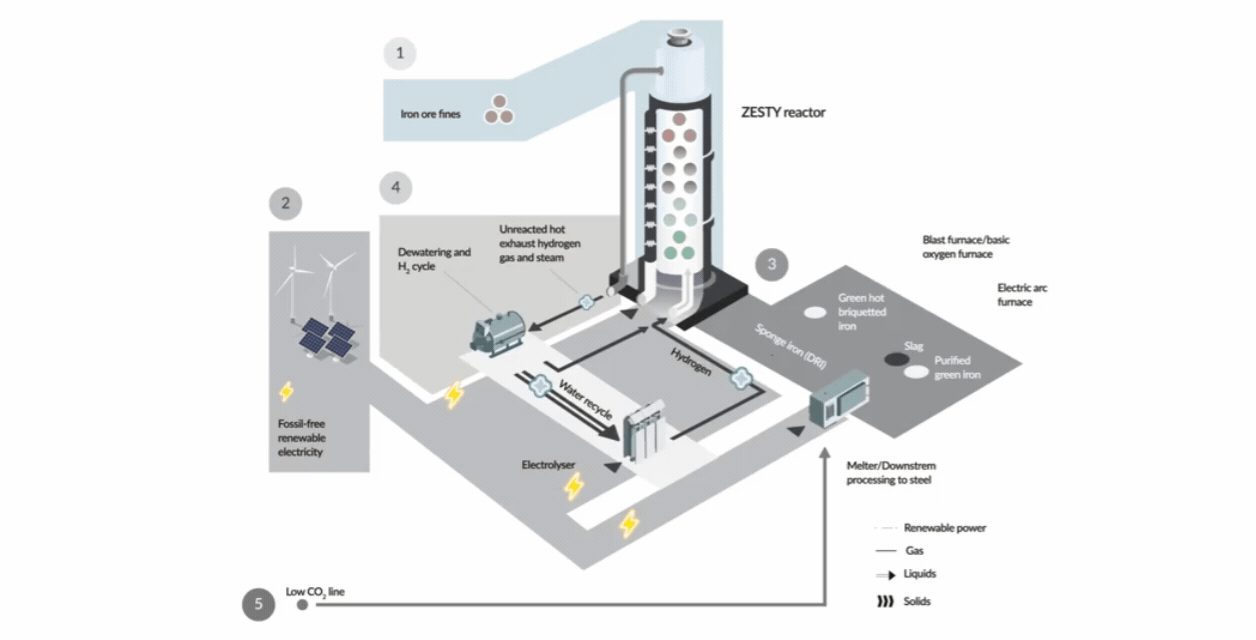
A number of significant green steel projects are taking shape around the globe, all vying for important first-mover sustainability titles.
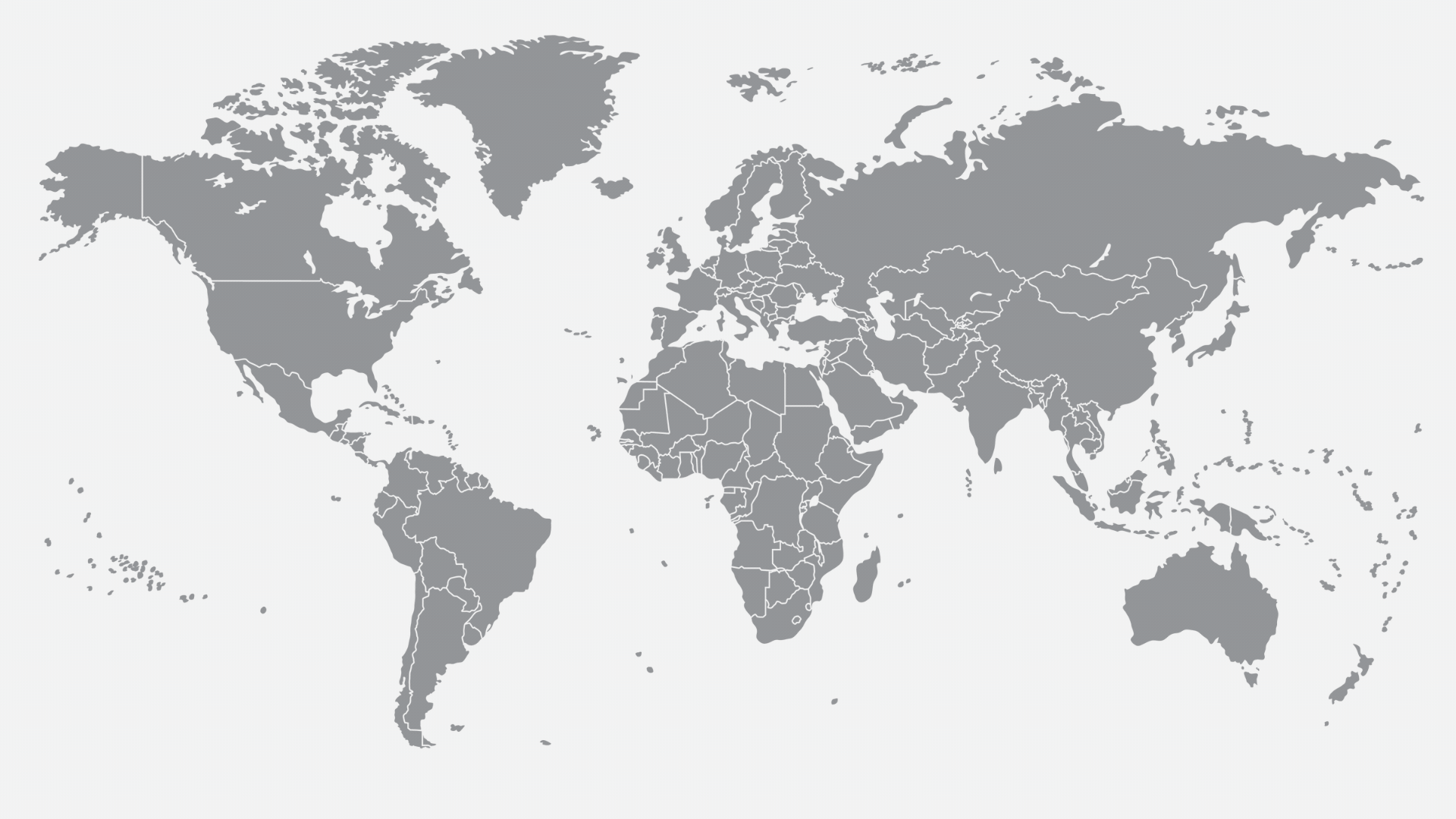
A total of 99 projects
Many of which could achieve greater than 85 per cent reduction in carbon dioxide emissions compared to average steel-making emissions, are being tracked. And many are close to operational.
According to a report from the World Energy Forum, by 2030 we will likely see green steel production at scale and with zero emissions, thanks to the renewable electrification of key processes and/or the use of hydrogen.
The dominant technology being utilised to achieve such a reduction is hydrogen direct reduction (H-DRI), a process used to convert iron ore into metallic iron using hydrogen gas as the agent, producing water vapour as an output instead of carbon dioxide.
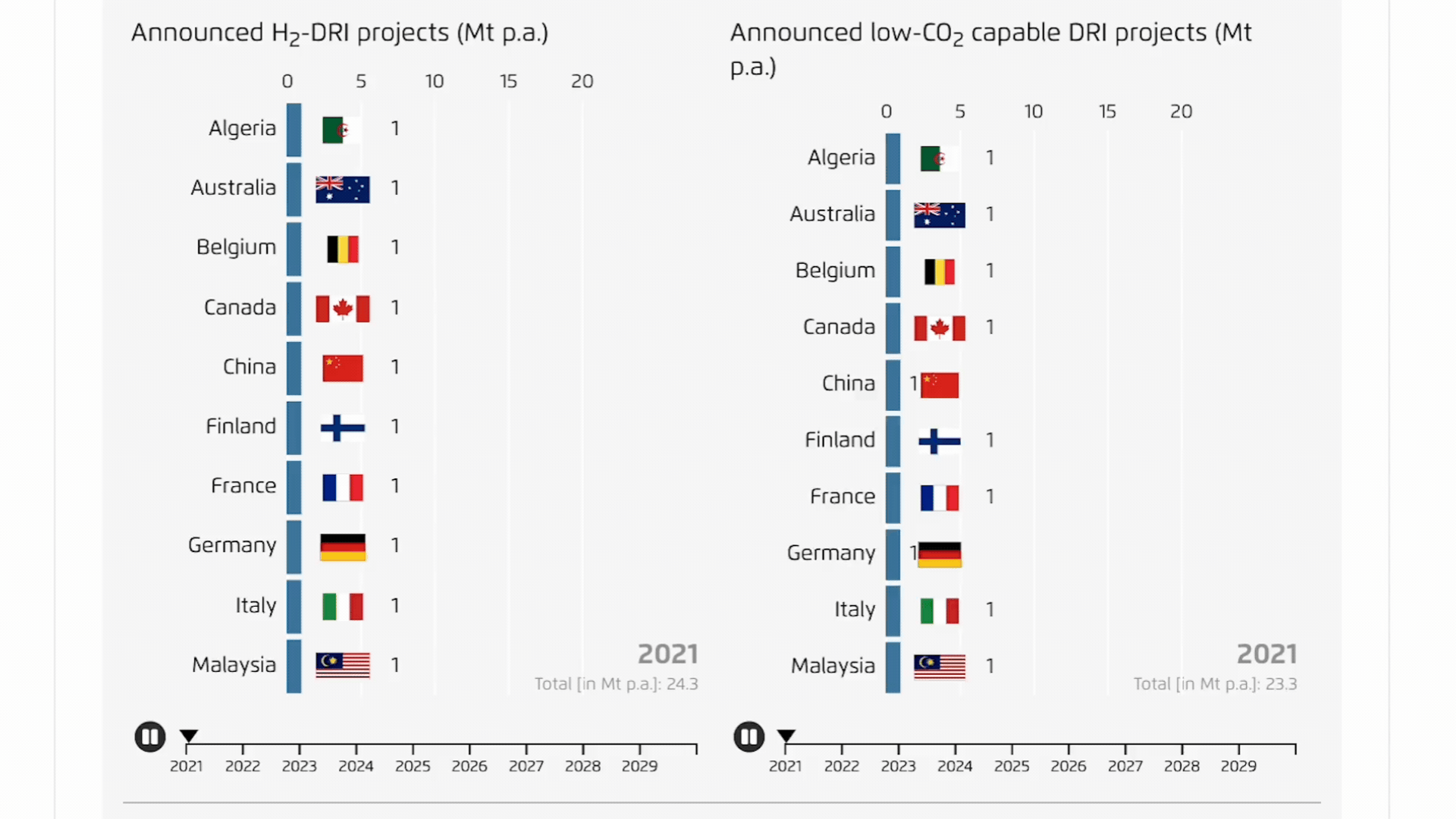
Challenges still exist within this process, including slower reduction and the need for hydrogen as fuel. Several projects are looking to solve these challenges to scale production.
Here are five of the biggest.

While the average carbon emissions for steel production globally is 1.88 t per tonne of steel, Aco Verde do Brazil (AVB) boast emissions of just 0.04 t of carbon per tonne of steel.
The plant utilises renewable electricity from local hydroelectric plants and reuses process gases from its blast furnaces and its basic oxygen furnace. It also invests in the circular use of raw materials, including eucalyptus charcoal from its own 50,000-ha eucalyptus plantation, replacing coking coal.
Certified by the Société Générale de Surveillance as the world’s first carbon-neutral steel plant, AVB currently produces 600,000 Mt per year of green steel.
Brazil has established industrial infrastructure, plentiful iron ore reserves and a skilled workforce. According to a report from Global Efficiency Intelligence, this could all add up to the fact that Brazil could produce green steel more affordably than most other nations.
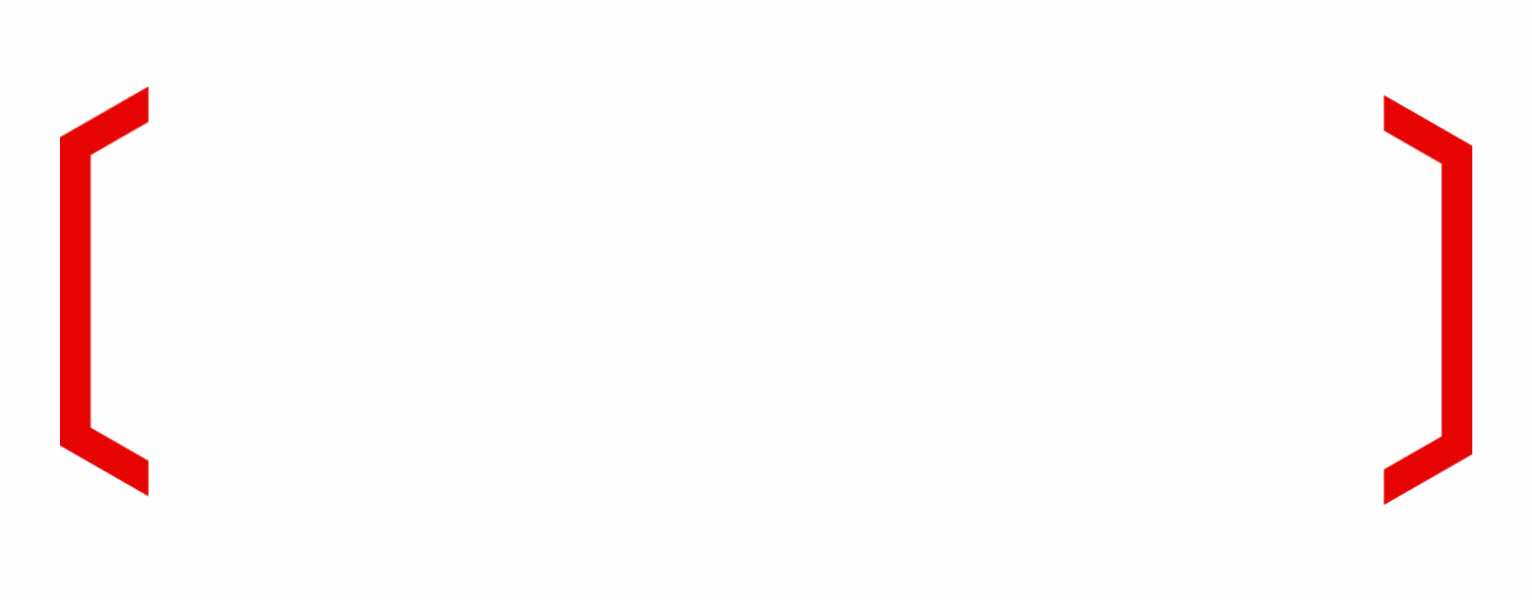

Having recently made headlines and further boosted the perceived viability of large-scale green steel plants when it raised US$5.2 billion in new funding early this year, H2 Green Steel’s plant in Swedish town Boden is currently under construction.
The plant will employ a direct reduced iron-electric arc furnace, using hydrogen to replace coal.
Electricity, for both the running of the plant and the production of hydrogen, will come from nearby renewable generators, including wind and hydro plants.
Carbon emissions compared to traditional steelmaking methods, the company says, will be reduced by 95 per cent.
Aiming to be the first large-scale green steel producer in the world, H2 Green Steel’s goal is to produce five million t of steel by 2030, as well as exporting green hydrogen produced in its electrolysis plant – one of the world’s largest – currently being built alongside the steel plant.

Recognition as a priority project by the government of Castile-La Mancha – the large, autonomous region of Spain to the south and east of Madrid – will assist in the development of Spain’s first emission-free steel mill, owned by Hydnum Steel.
The government’s stamp of approval will provide “preferential administrative processing and shortens the deadlines necessary for its implementation, especially in matters of territorial and urban planning,” the company says.
“Among other advantages, it has an implicit declaration of regional interest and will be able to halve all the deadlines included in the approval procedure for this Project of Singular Interest. It also includes economic and financial incentive measures.”
The plant will produce 1.5 million t of rolled steel annually, with a plan to increase this output to 2.6 million t per year. Green hydrogen will be used to produce direct reduced iron in an electric arc furnace, with all processes including hydrolysis using renewable energy.
Work on the mill is due to begin in 2025, with steel production due to start in 2027.
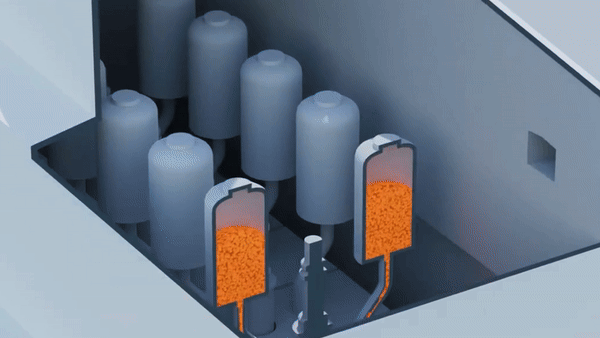

Based in Boulder, Colorado – a location better know for its beer, bicycling and scenic outdoor recreation options than its industrial and metallurgical prowess – Electra is looking to produce clean, green iron via a unique, innovative process.
Low-grade iron ores will be refined to high-purity iron at just 60 degrees Celsius, cooler than an average cup of tea, through the use of “proven, industrial-scale electrochemical and hydrometallurgical processes,” the company, backed by Bill Gates, says.
“Subsequently, pure iron can be converted to steel using electricity-powered arc furnaces used today to produce 70 per cent of US steel.”
Iron ore is typically slow to dissolve and purify. But the Electra process, proven at small scale, accelerates impurity removal, enabling the efficient and sustainable production of iron plates from low-grade ore, which is much more readily available than high-grade ore.
The process will be powered by renewable energy.
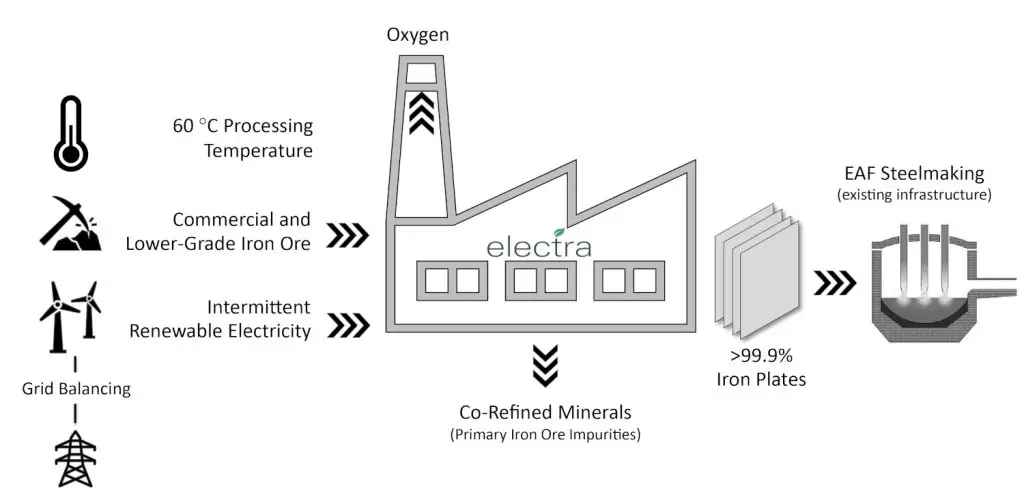

In the Western Australian town of Collie, a 400,000 t per year green steel recycling plant is being developed, with construction beginning in late 2024 and operation commencing in 2026.
Its purpose is to use renewable electricity to drive an electric arc furnace to recycle scrap steel from local sources, providing almost zero-emission steel reinforcing bars.
It will be Australia’s most efficient and environmentally friendly steel mill, and the nation’s first new steel mill in three decades.
Another plant from the same organisation, this time using hydrogen direct reduction processes and planned to produce 2.5 million t of green iron annually for export – according to a World Economic Forum report – is being considered for final investment in 2025.
The current plan is for it to begin operation in 2028, fuelled by natural gas, before transitioning to green hydrogen.
